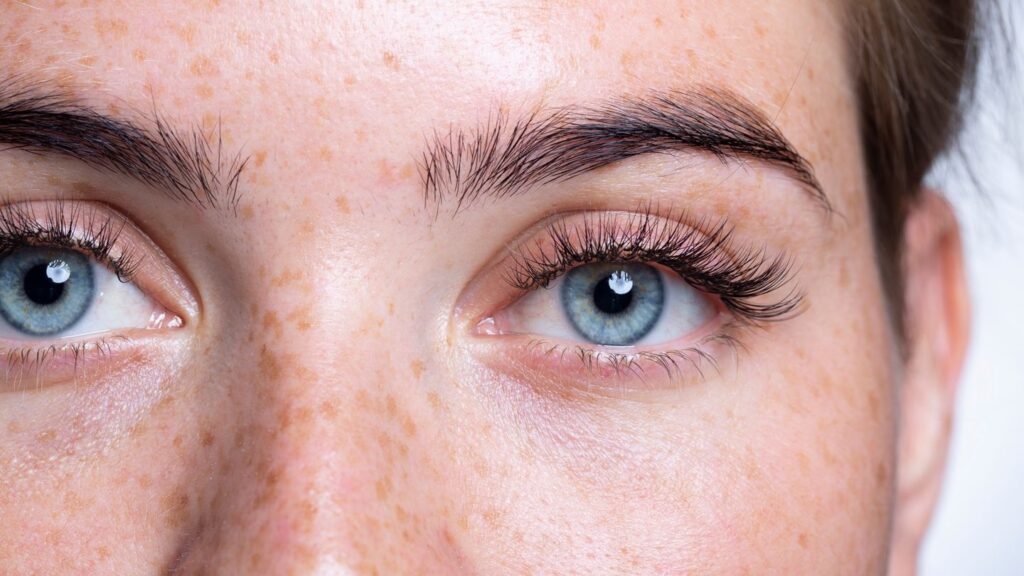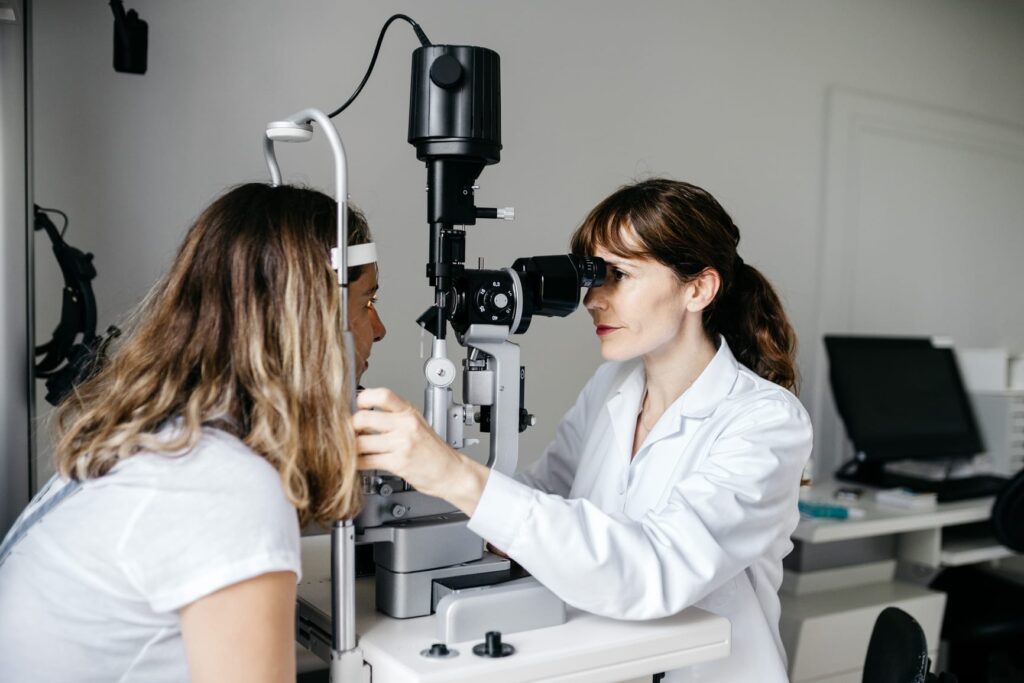Retinal eye issues can affect anyone, regardless of age or gender. It is essential to understand the signs and symptoms of these conditions to catch them early and seek appropriate medical attention. In this article, we will explore the top signs of retinal eye issues and discuss when it is necessary to consult a specialist.
Understanding Retinal Eye Issues
In conclusion, recognizing the signs and symptoms of retinal eye issues is crucial for early detection and timely intervention. If you experience any changes in your vision or physical discomfort, it is essential to consult a specialist. Regular eye exams and prompt treatment can help preserve your vision and overall eye health. Remember, your eyes are precious, so take care of them!
What is the Retina and its Function?
The retina is a fascinating and intricate part of the eye, often likened to the film in a camera. It is a thin layer of tissue located at the back of the eye, lining the inner surface of the eyeball. This crucial layer is responsible for capturing light and transforming it into electrical signals that are then transmitted to the brain through the optic nerve. Once in the brain, these signals are interpreted, allowing us to see and perceive the world around us in all its vivid detail.
Within the retina, there are millions of specialized cells known as photoreceptors. These photoreceptors come in two main types: rods and cones. Rods are highly sensitive to light and are essential for vision in low-light conditions, such as at night. On the other hand, cones are responsible for our color vision and the sharpness of our visual perception, particularly in well-lit environments.
Moreover, the retina is not just a passive receiver of light; it also plays a crucial role in the brain’s processing of visual information. The complex network of cells within the retina helps in tasks such as edge detection, motion perception, and even color discrimination. This intricate process highlights the remarkable capabilities of the retina in contributing to our overall visual experience.

Common Retinal Eye Disorders
Despite its remarkable capabilities, the retina is vulnerable to various disorders that can impair its function and lead to vision problems. Some of the most prevalent retinal disorders include:
- Age-related macular degeneration (AMD): A progressive condition that affects the macula, leading to a loss of central vision.
- Retinal detachment: A serious condition where the retina peels away from the underlying layers of the eye, causing a sudden onset of visual disturbances.
- Diabetic retinopathy: A complication of diabetes that damages the blood vessels in the retina, potentially causing vision loss.
- Retinal vein occlusion: A blockage of the veins that drain blood from the retina, resulting in retinal hemorrhages and vision changes.
- Retinitis pigmentosa: A genetic disorder that causes a breakdown and loss of cells in the retina, leading to night blindness and tunnel vision.
These conditions can have a profound impact on an individual’s quality of life, underscoring the importance of regular eye examinations and early detection of retinal issues.
Click here to read more.
Recognizing the Symptoms of Retinal Eye Issues
Vision Changes to Look Out For
If you notice any sudden or gradual changes in your vision, it could be a sign of a retinal eye issue. The retina is a crucial part of the eye that processes light and sends visual information to the brain. When the retina is affected by a disorder, various vision changes may occur, impacting your ability to see clearly. Some common vision changes associated with retinal disorders include:
- Blurred or distorted vision
- Seeing floaters or spots
- Difficulty seeing in low-light conditions
- A decrease in central or peripheral vision
- Loss of color vision
If you experience any of these symptoms, it is crucial to seek medical attention promptly to prevent further damage to your vision.
Physical Discomfort and Other Indicators
In addition to vision changes, retinal eye issues may also cause physical discomfort. The delicate nature of the eye can lead to various uncomfortable symptoms when the retina is affected. Some individuals may experience:
- Eye pain or pressure
- Redness or inflammation in the eye
- Increased sensitivity to light
- Headaches
These physical discomforts can be distressing and may indicate a more serious underlying retinal issue that requires medical attention. It is essential not to ignore these symptoms and to consult with an eye care professional promptly for proper diagnosis and treatment. Know more about uncomfortable at https://www.chicagobooth.edu/review/why-making-yourself-uncomfortable-can-be-motivating
The Importance of Early Detection
How Retinal Disorders Progress Over Time
Retinal disorders can worsen over time if left untreated. Early detection and intervention play a crucial role in preventing further vision loss or complications. Regular eye exams can help identify retinal issues before they become more severe.
One of the key reasons why early detection is vital is that many retinal disorders are progressive in nature. For example, age-related macular degeneration (AMD) can advance from early-stage dry AMD to the more severe wet AMD if not managed promptly. By catching these conditions in their early stages, treatment options are often more effective and can help slow down or even halt disease progression.
Potential Risks of Untreated Retinal Issues
Failure to seek timely treatment for retinal eye issues can lead to permanent vision loss and a decreased quality of life. Some retinal disorders, such as retinal detachment, require immediate medical attention to prevent irreversible damage to the retina.
Moreover, untreated retinal issues can not only impact vision but also have broader implications on overall health. Research has shown that certain retinal disorders, like diabetic retinopathy, are closely linked to systemic conditions such as diabetes and hypertension. Addressing retinal health proactively through regular screenings and early interventions can not only preserve vision but also contribute to better overall health outcomes.
It is essential to understand the potential risks and take prompt action when experiencing any of the signs and symptoms associated with retinal eye issues.
When to Consult a Specialist
Identifying Serious Symptoms
Some symptoms associated with retinal eye issues require immediate attention. If you experience:
- A sudden or severe decrease in vision
- A sudden increase in floaters or flashes of light
- A curtain-like shadow over your visual field
You should seek emergency medical care as these could be indicators of a retinal tear or detachment.
Retinal tears and detachments are serious conditions that can lead to permanent vision loss if not treated promptly. A retinal tear occurs when the vitreous gel in the eye pulls away from the retina, causing a small break in the delicate tissue. If left untreated, a retinal tear can progress to a detachment, where the retina lifts away from the back of the eye, cutting off its blood supply and leading to irreversible damage.
Regular Check-ups and Their Role in Prevention
Even if you do not experience any specific symptoms, it is still crucial to have regular eye check-ups. Routine eye examinations can help detect retinal eye issues in their early stages, allowing for timely intervention and preserving your vision.
During a comprehensive eye exam, your eye care specialist will dilate your pupils to get a clear view of the retina at the back of your eye. This allows them to identify any abnormalities, such as tears, holes, or detachments, that may not be causing symptoms yet. Early detection of these issues is key to preventing vision loss and ensuring appropriate treatment is administered in a timely manner. Click here to read more about holes.
Treatment Options for Retinal Eye Issues
Non-Surgical Interventions
In some cases, retinal eye issues can be managed without surgical intervention. Non-surgical treatments may include:
- Medications, such as eye drops or injections
- Lifestyle modifications, such as managing underlying health conditions
- Use of corrective lenses or visual aids
Your eye specialist will determine the most appropriate treatment plan based on your specific condition.
Medications play a crucial role in managing retinal eye issues. Eye drops containing anti-inflammatory or anti-VEGF (vascular endothelial growth factor) agents can help reduce swelling and abnormal blood vessel growth in the retina. In some cases, injections directly into the eye may be necessary to deliver medication effectively to the affected area.

Surgical Procedures and Their Success Rates
In more severe cases or when non-surgical interventions are not sufficient, surgical procedures may be necessary. Some common surgical options for retinal eye issues include:
- Retinal laser surgery
- Retinal cryotherapy
- Vitrectomy
The success rates of these surgical procedures depend on various factors, including the specific retinal disorder and the individual’s overall health.
Retinal laser surgery, also known as photocoagulation, is often used to treat conditions such as diabetic retinopathy and retinal tears. This procedure involves using a laser to create small burns on the retina, sealing off leaking blood vessels or fixing retinal detachments. Retinal cryotherapy, on the other hand, uses freezing temperatures to treat retinal conditions by destroying abnormal tissue.

